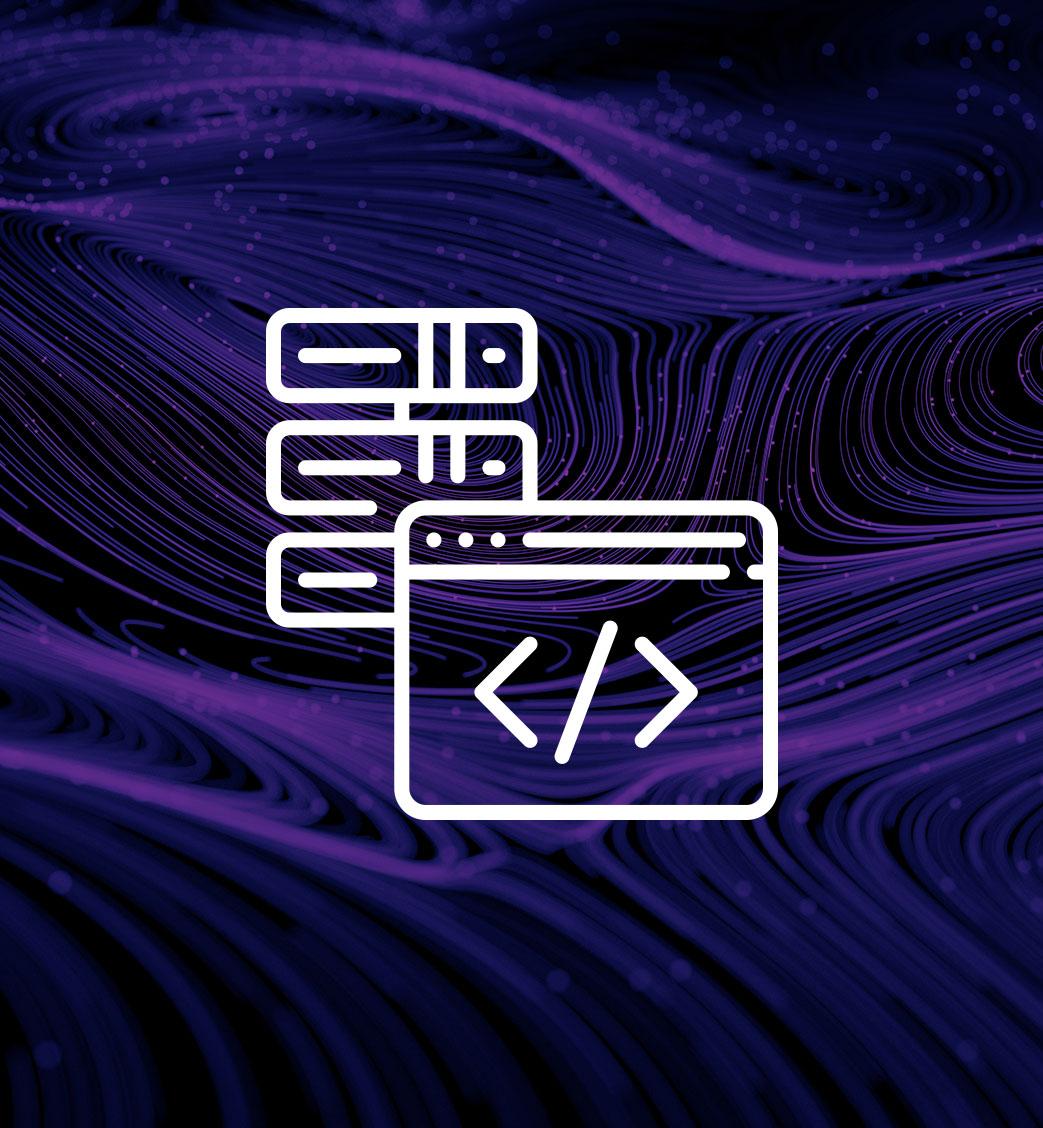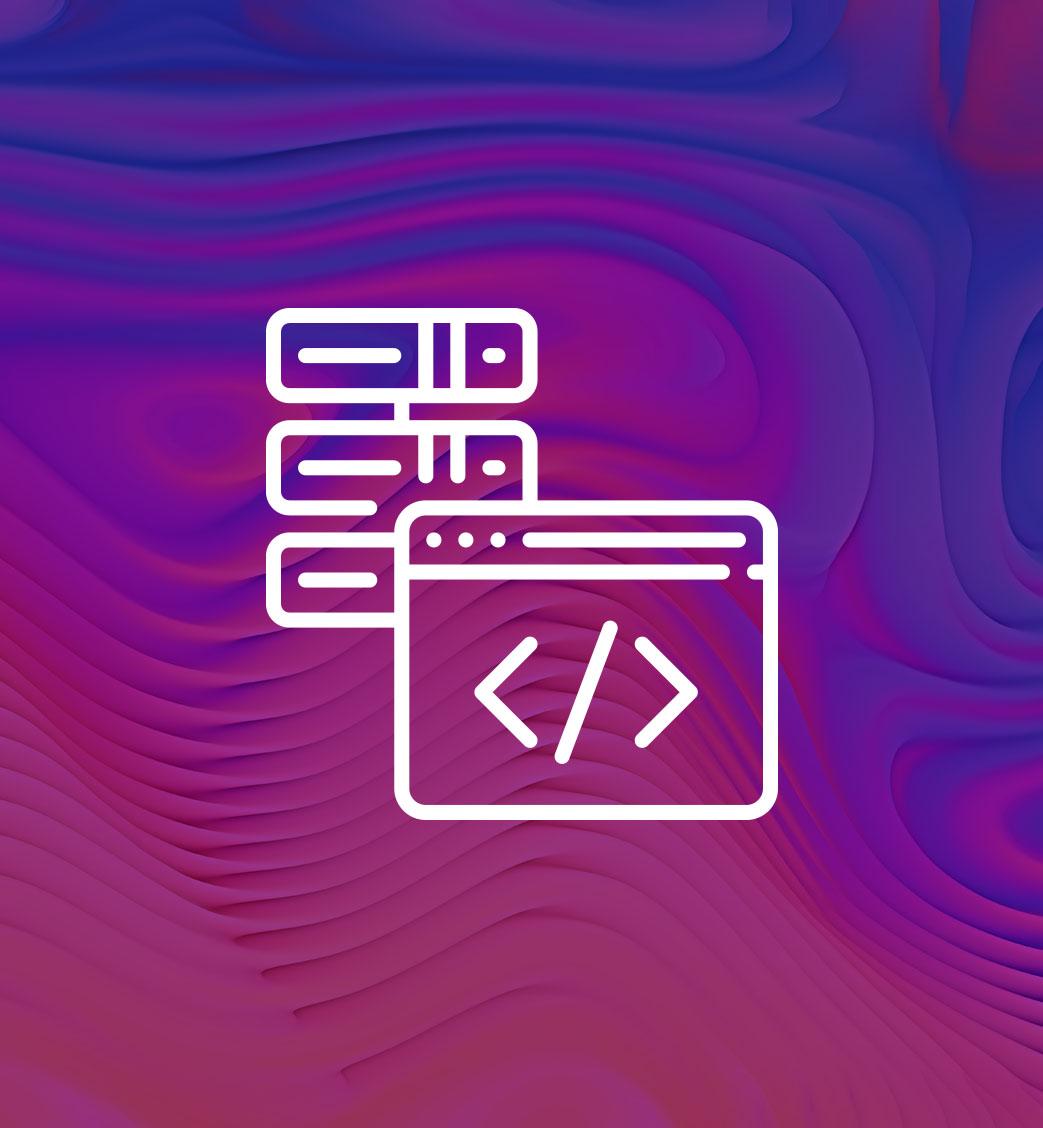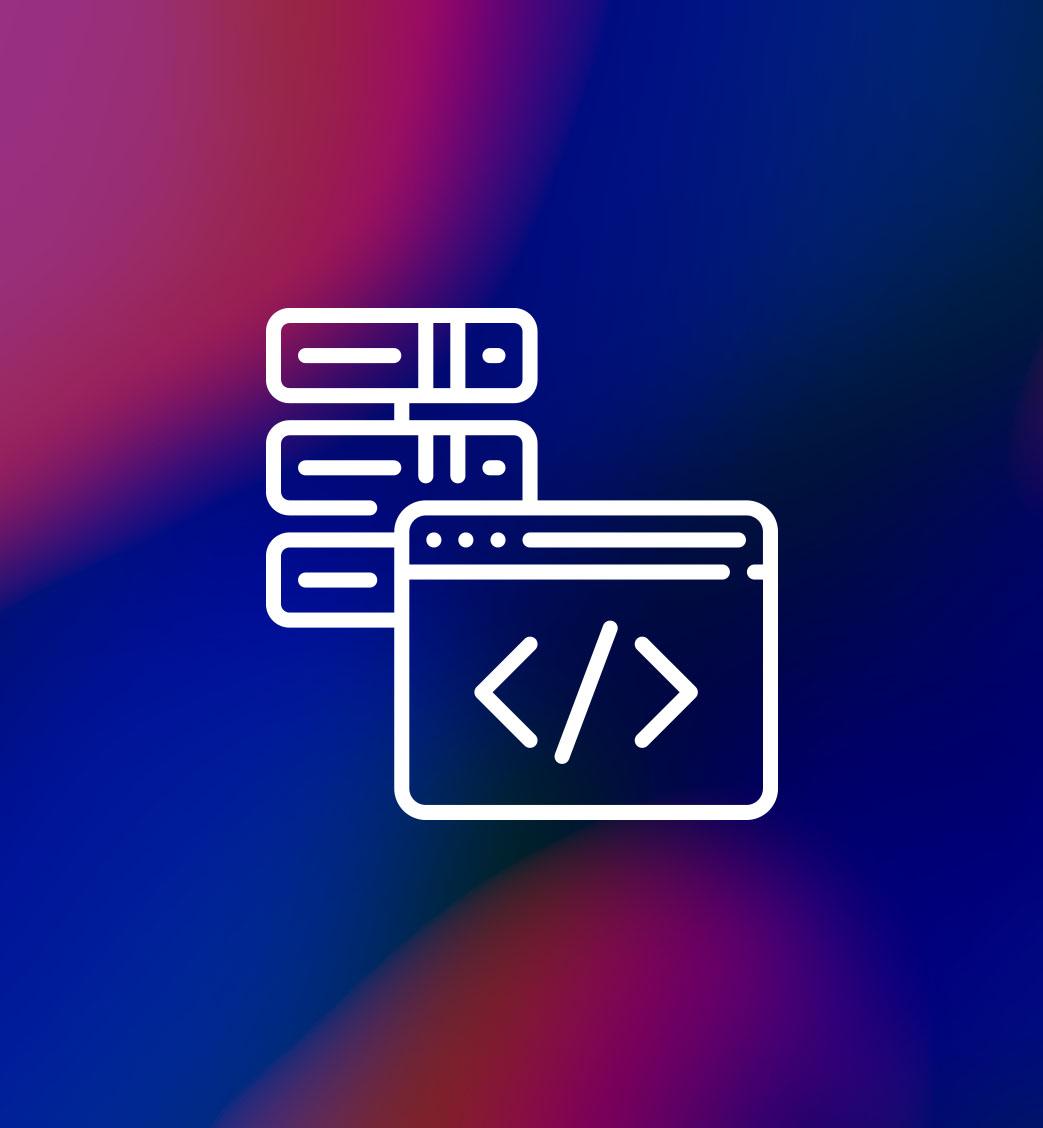
Resources
Open Source

Glucose Prediction Model
The "artificial pancreas", a closed-loop system where a continuous glucose monitor automatically administers insulin to people with diabetes, has been a goal in diabetes management for decades. But the ability to predict someone’s blood glucose even 30 minutes into the future has eluded scientists. Without this prediction, the goal will never be reached.
We used this problem as the basis for a course to teach data scientists how to handle missing data in the real world. This GitHub repo contains the supporting code for the lesson, in both Python and R.

Visualizing COVID-19 Epidemiological Data
In a rapidly evolving pandemic, having access to up-to-date information about how the disease is impacting the healthcare system and population at large is critical to an informed public health response. But with so many different types of information coming from so many different data sources, putting the different pieces together in a way that can be useful is a significant challenge.
Our data science team has been working with the Ontario Ministry of Health and Long-Term Care to integrate different public health data streams, analyze the results, build #HowsMyFlattening, display them in a simplified, usable manner, and push updates to the console in real-time.

Project Hurricane: Applying Weather Forecasting to Pandemic Modeling
Trying to predict the future course of a pandemic is challenging, to say the least. Multiple modeling methods are used, from coupled differential equations such as the classic SIR model and its many variants, through empirical curve-fitting models, to agent-based simulations that use a Monte Carlo approach to stochastic spread.
Working with the Ontario Health Ministry’s #HowsMyFlattening initiative, we adopted an approach from hurricane forecasting: building an ensemble model that combines different predictions at weights varying based on past predictive power. We visualized these models, as well as the actuals, and create a consensus forecast that guides users to weigh the evidence with the forecasts together.